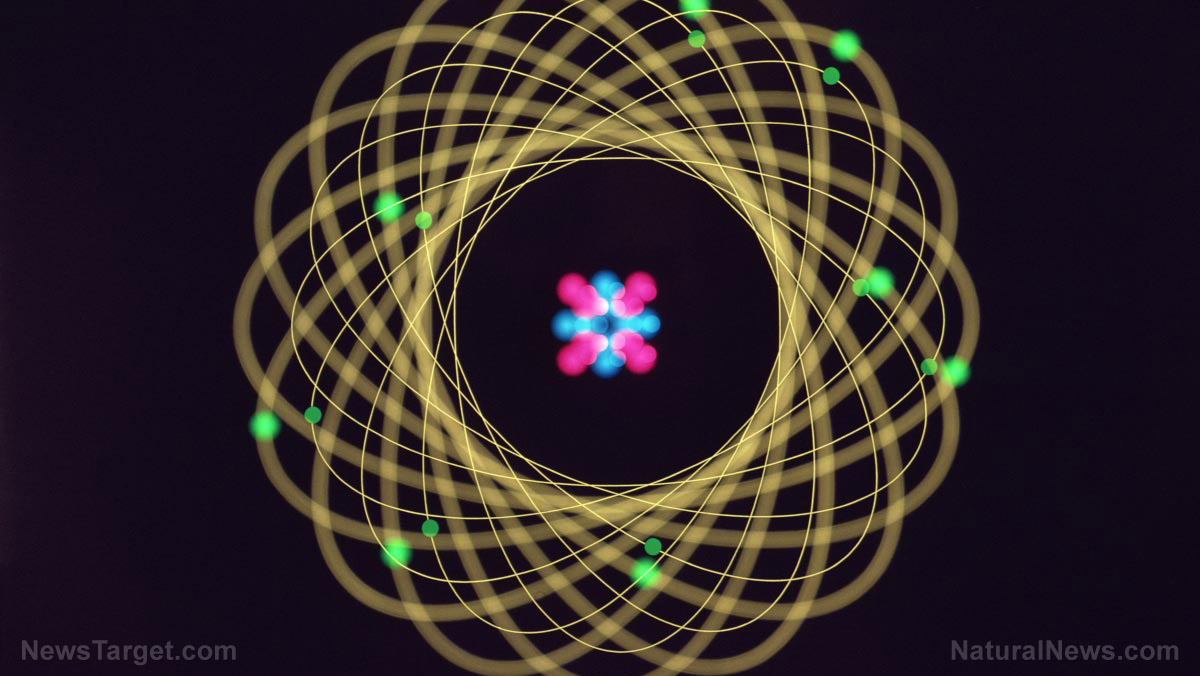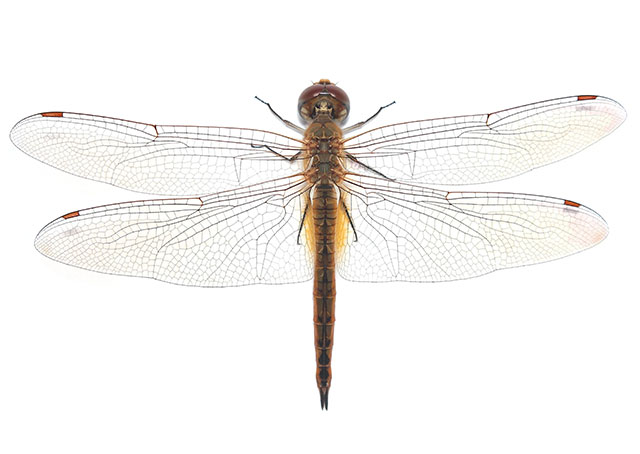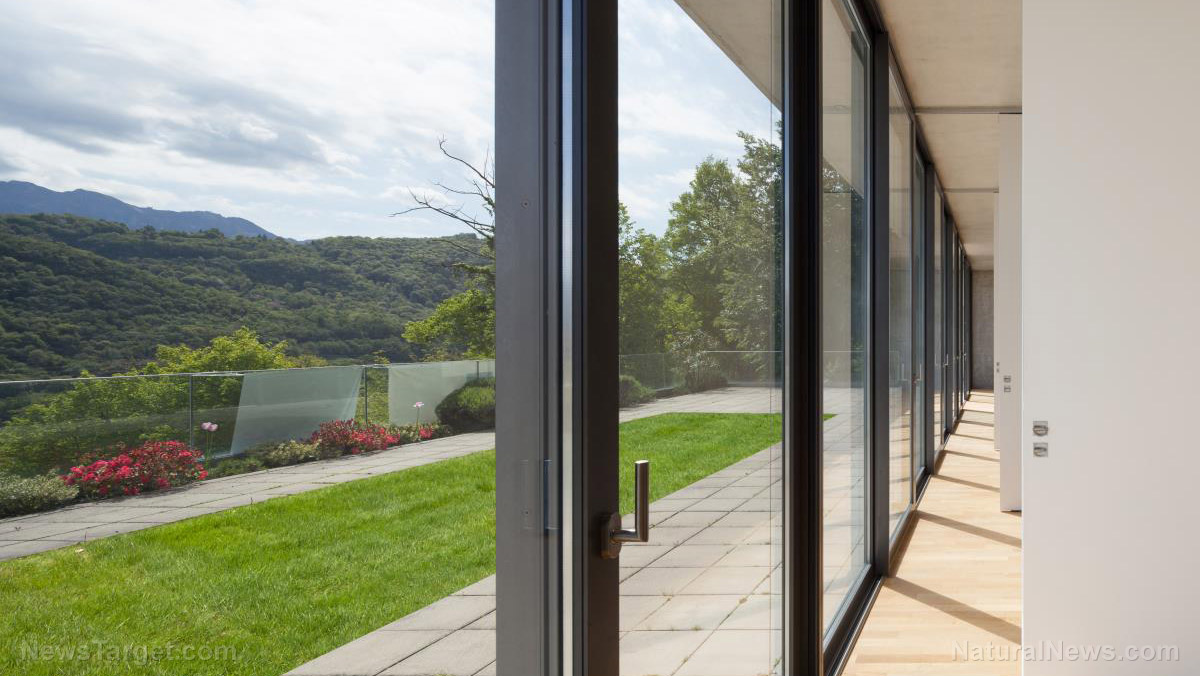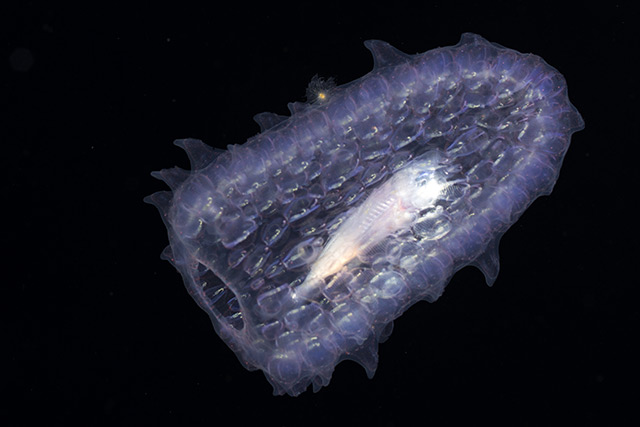Matter isn’t just limited to the solid, liquid, and gaseous forms you’re familiar with. It also takes other forms, such as the plasma in the Sun or your plasma TV. In a ScienceDaily article, a new Dallas-based study has proposed a new form of matter called “superfluid quasicrystal.”
A superfluid is a very rare state of matter with appropriately weird behavior. Examples of this exotic matter are created by lowering the temperature of an element, such as helium, to an extreme degree.
Superfluids have no viscosity and are therefore unaffected by friction. They will keep flowing across a surface without losing speed or energy. (Related: One step closer to stable fusion reactors: Scientists have created “quantum ball lightning” in the lab.)
Quasicrystals, on the other hand, are materials whose atoms are arranged in a crystalline structure. But whereas normal crystals have a pattern to their structure, quasicrystals do not follow “periodic” arrangement.
It stands to follow that a superfluid quasicrystal would combine the properties of these two very different types of matter. But is it possible?
A research team from the University of Texas at Dallas (UTD) seems to think so. In their recently released paper, they theorized a new form of matter that combined the properties of superfluids and quasicrystals, complete with a possible way to make it.
Quantum physics allows for supersolids, so why not superliquid quasicrystals?
Dr. Chuanwei Zhang teaches physics at the School of Natural Sciences and Mathematics. He served as the corresponding author of the study, which is not the first to propose the idea of matter acting like two different things altogether.
Five decades ago, researchers theorized the existence of supersolids, which possessed the properties of a superfluid and a solid crystal. It was only in recent times that the exotic matter was finally created by a team of Massachussetts Institute of Technology (MIT) researchers.
Zhang explained that physics is very strict about the properties exhibited by each form of matter. A solid cannot act like a liquid, and vice versa.
Quantum physics, however, is much more lenient than normal physics. It’s why supersolids exist, because quantum physics allows for the existence of a frictionless fluid with periodically arranged atoms.
Since supersolids existed, the UTD researchers reasoned that superliquid quasicrystals should also be a thing. In their paper, they propose the existence of a material with a non-periodic crystal-like structure that can flow nonstop.
UTD researchers promise world’s first superliquid quasicrystal in just one or two years
Fortunately, creating superliquid quasicrystals won’t require a radical new approach. Zhang suggested a laboratory set-up similar to the one used by the MIT team to produce the first supersolid in 2017.
“The good news is, we shouldn’t have to invent any new technology to actually make this material. It basically involves shooting lasers at a Bose-Einstein condensate,” he said regarding their set-up.
Bose-Einstein condensates (BECs) are yet another form of exotic matter. Like supersolids, they are formed at extremely cold temperatures. Unlike the recently discovered form of matter, BECs are very dense.
The study’s lead author, physics student Junpeng Hou, believed that creating superliquid quasicrystals would be less challenging than making new supersolids. In his estimate, his team could produce the world’s first example as early as 2019 or 2020.
Furthermore, he said the technique could be refined to create even more forms of quantum matter. A superliquid quasicrystal will have a minimum of five-fold rotational symmetry, or radial symmetry as biologists call it.
Hou suggested that the technique could achieve as much as seven-fold rotational symmetry.
If you’d like to read more articles about future scientific developments, visit FutureScienceNews.com.
Sources include:
ScienceDaily.com
Journals.APS.org
News.MIT.edu




















